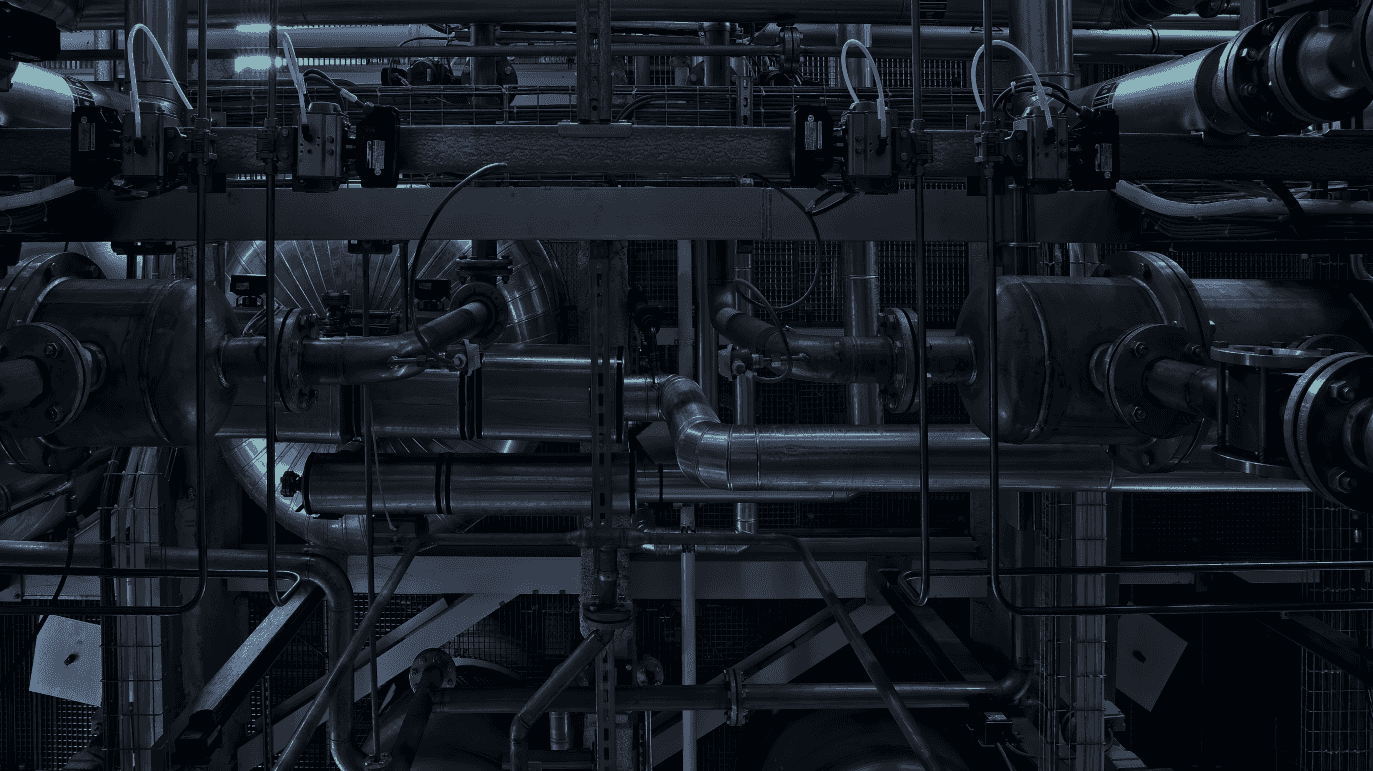
Our Technology
Carbon capture is a suite of technologies that reduce atmospheric carbon dioxide (CO2) by trapping it at the source or directly from the air. Point source capture is particularly effective at power plants and industrial sites, where CO2 concentrations are high, allowing for more efficient capture. This method forms the frontline in our efforts to curb new emissions, ensuring that a significant portion of the CO2 generated by human activities is prevented from entering the atmosphere, crucial for limiting the impact on climate change.
Direct Air Capture (DAC), while currently less widespread and more resource-intensive, is equally vital due to its unique capability to remove CO2 that has been historically emitted into the atmosphere. As a complement to point source capture, DAC offers a proactive solution for reducing ambient CO2 levels, which is essential for reversing past environmental impacts. Together, these technologies represent an integrated approach to addressing both present and legacy carbon emissions, crucial for achieving long-term climate targets.
Point Source Capture Cost
USD 40 - 120 / tCO2
Direct Air Capture Cost
USD 250 - 450 / tCO2
Point source carbon capture specifically targets medium to large-scale emitters of CO2, such as waste-to-energy plants, coal-fired power plants, chemical factories, and cement production facilities. The technology is integrated into these industrial sources to capture their carbon dioxide emissions before they are released into the atmosphere.
Various methods are employed for this purpose, including amine-based chemisorption and calcium looping. Because it deals with concentrated streams of CO2, point source capture is generally more energy- and cost-efficient than capturing CO2 once it's already dispersed in the atmosphere. As such, it is considered a key strategy in reducing the carbon footprint of industrial operations.
Our technology leverages amine chemi-sorption to efficiently isolate CO2 from a wide array of flue gas compositions. By first purifying the flue gas from pollutants, we pull it through our specialized contactor lattice to create a chemical bond between the amines and CO2.
This captures the CO2 while the de-carbonized air is released to the environment. Through rigorous research, our domain specialized contactors and capture media accomplishes this task in the most cost efficient way and with a smaller land footprint.
Our technology accomplishes the capture cost of USD 35 - 50 per metric ton (~50% cost reduction)
Coupled seamlessly with CapNet® deep neural network, it continuously monitors the plant to deliver robust uptime performance.
A rate-based simulator is employed to generate over a million plant designs across various industrial domains, laying the groundwork for comprehensive carbon capture solutions. The simulator focuses on generating a wide array of design possibilities, providing the data needed for the next stage of optimization.
CapNet, a machine learning model, is then trained over these synthetic plant designs to understand and fine-tune optimization parameters. The primary objective is to minimize the lifecycle cost of carbon capture, capital & operational.
Once trained, CapNet offers an array of optimized solutions tailored for small, medium, or large-scale capture across all major industries. Additionally, CapNet can be fine-tuned with real-time plant sensor data in each domain, allowing for ongoing reinforcement or optimization of the resulting design.
Key aspects of the CNX carbon capture process showing the CO2rich flue, absorber and regenerator. High purity CO2 output allows for a host of possibilities for utilization.
The advent of the world's first AI-powered continuous monitoring system represents a significant leap in carbon capture technology. This system, with its patent-pending status, revolutionizes the maintenance and operational efficiency of carbon capture processes. It provides relentless, precise oversight, ensuring that carbon capture mechanisms are functioning optimally around the clock. By utilizing such an advanced monitoring platform, this system maximizes the quantity of CO2 captured, contributing significantly to the mitigation of greenhouse gas emissions.
This cutting-edge platform employs a predictive maintenance approach, utilizing computer vision coupled with AI-based inference to preemptively detect anomalies in machine behavior. It not only identifies potential faults but can also autonomously initiate maintenance requests, thereby streamlining operations. Such automation in detecting and addressing irregularities in equipment behavior is pivotal in minimizing downtime and maintaining the integrity and efficacy of carbon capture systems, ensuring they operate seamlessly and continue to combat climate change effectively.